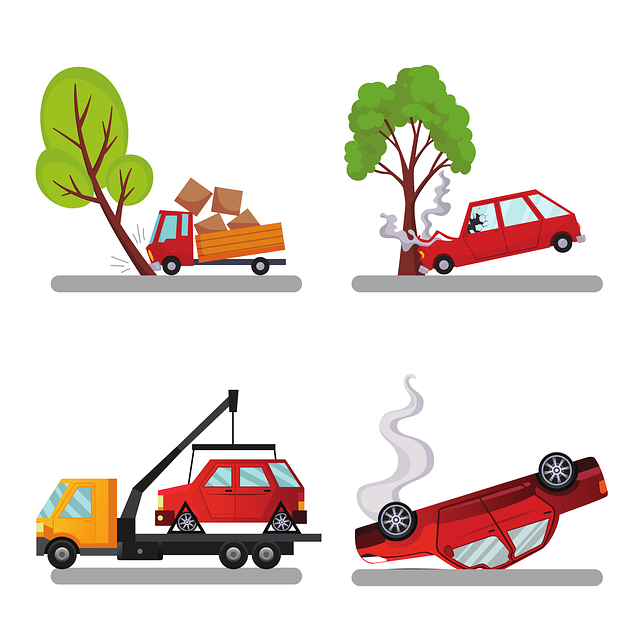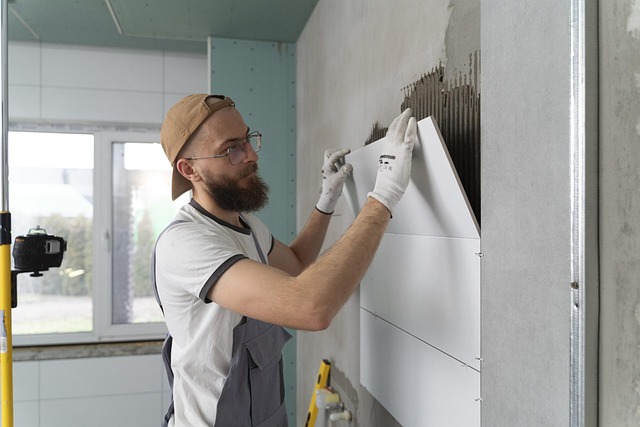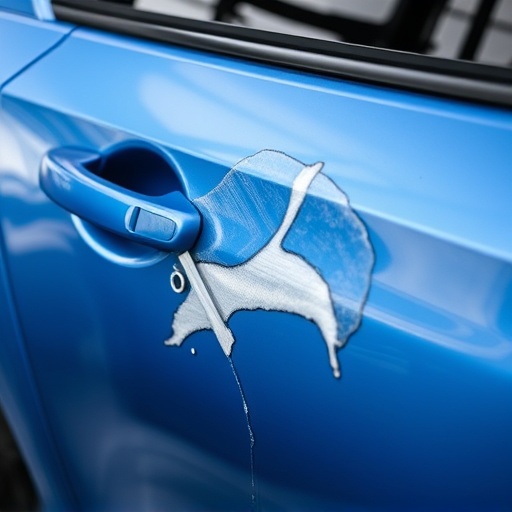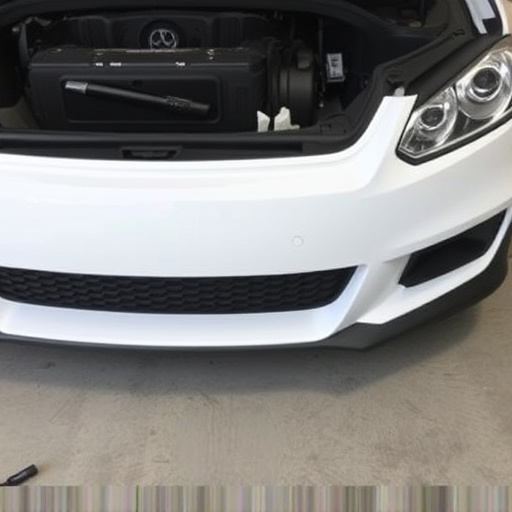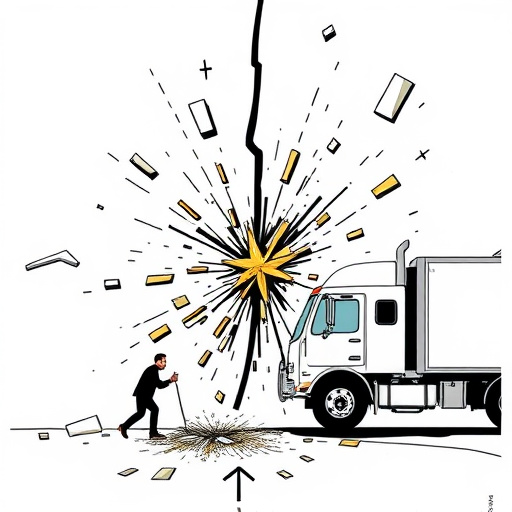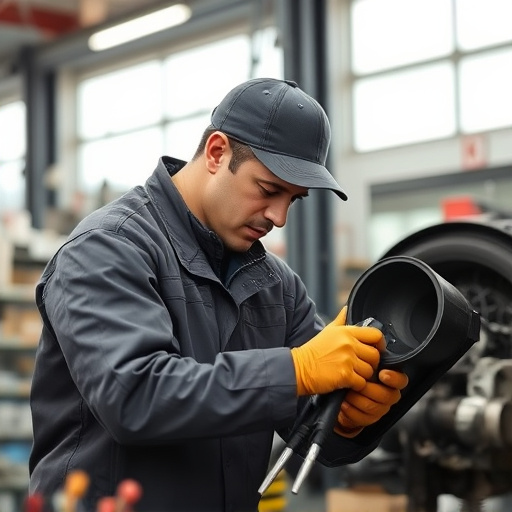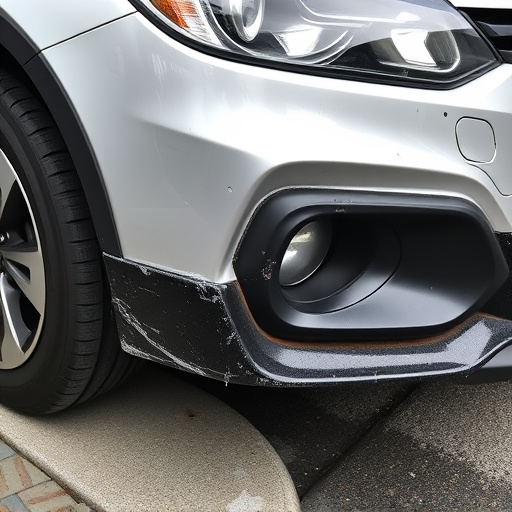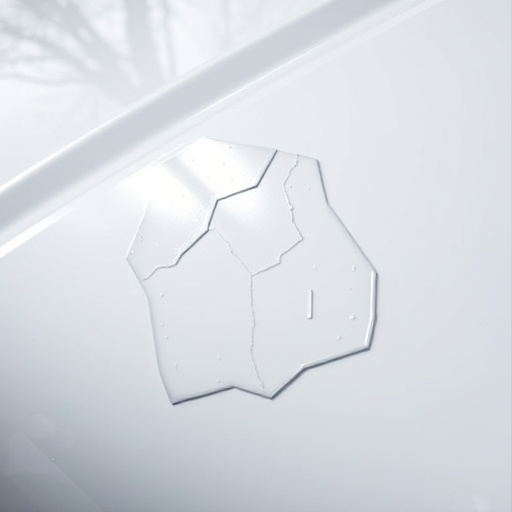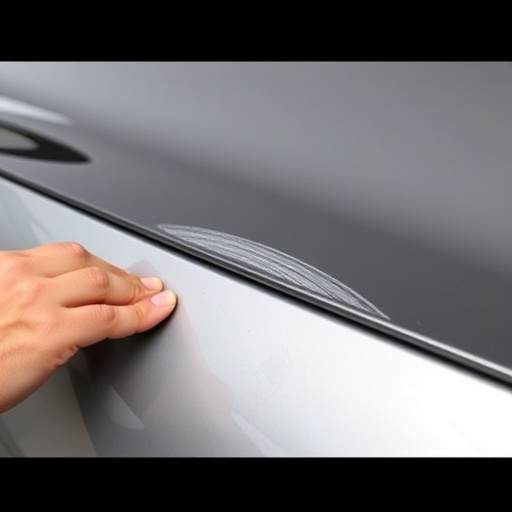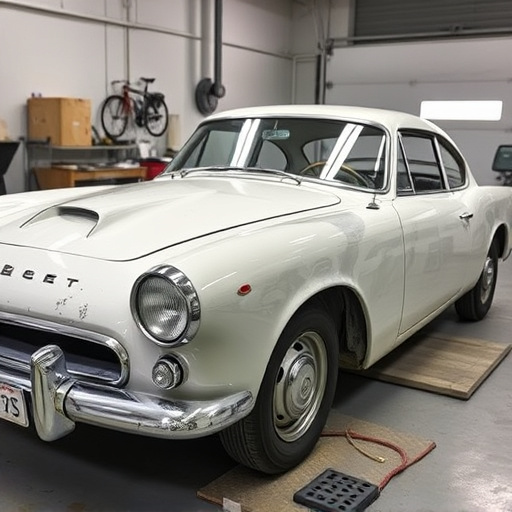Paint repair costs significantly impact a vehicle's resale value. Early detection and regular maintenance reduce these costs. Engaging skilled technicians from reputable services minimizes impact while preserving aesthetics and functionality during repairs. Balancing repair needs with resale expectations ensures fair deals and higher values.
When considering a vehicle’s resale value, no aspect is as pivotal as paint repair cost. A minor fender bender or weather-related damage can significantly impact a car’s aesthetics and worth. This article delves into the intricate relationship between paint repair expenses and a vehicle’s resale value, offering insights that empower both buyers and sellers. We explore strategies to navigate this dynamic, ensuring you understand how to minimize paint repair costs and maximize your vehicle’s resale potential.
- Understanding Paint Repair Cost Impact
- Resale Value: The Effect on Vehicles
- Strategies to Minimize Cost and Maximize Resale
Understanding Paint Repair Cost Impact
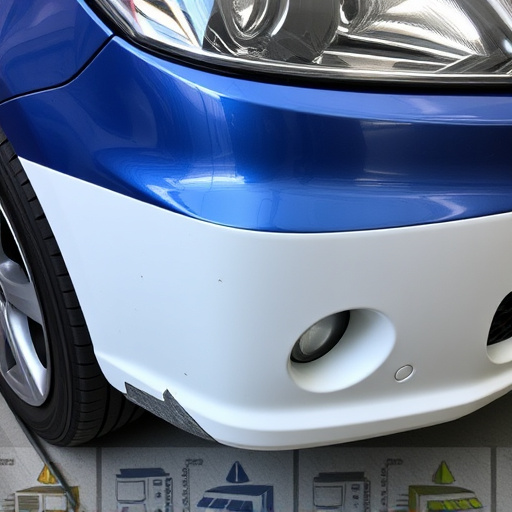
The impact of paint repair cost on a vehicle’s resale value is an essential consideration for car owners and buyers alike. Paint repairs are often required due to minor damages, such as fender benders or small scratches, which can significantly affect the vehicle’s aesthetic appeal. These repairs involve skilled labor and high-quality materials, and the cost can vary widely depending on several factors. Understanding these costs is crucial for both parties involved in a transaction.
For instance, a simple touch-up job might cost a few hundred dollars, while more extensive repairs, like a complete classic car restoration, can run into thousands. Auto maintenance enthusiasts or those planning to resell their vehicles should factor in these expenses to ensure they receive a fair deal. A well-maintained vehicle with minimal paint repair history often commands a higher resale value, making the upfront investment in timely repairs beneficial in the long run.
Resale Value: The Effect on Vehicles
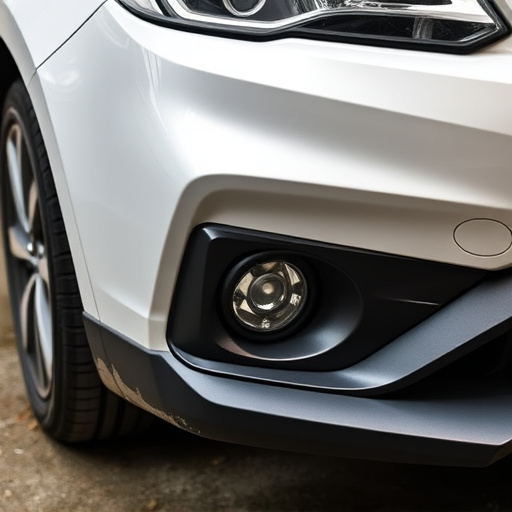
The resale value of a vehicle is significantly influenced by its overall condition and appearance. One of the most visible aspects that potential buyers consider is the quality of the paint job. A well-maintained, original finish can add considerable value to a car, especially in the case of classic car restoration projects. However, significant paint repair costs can impact this positive effect. Extensive autobody repairs, if not executed flawlessly, may leave traces that detract from the vehicle’s appeal.
Even minor imperfections, such as touch-ups or uneven finishes, could raise red flags for discerning buyers. Therefore, while a thoughtful classic car restoration can enhance resale value, it is crucial to balance this with realistic expectations regarding paint repair costs and their potential effect on overall market appeal.
Strategies to Minimize Cost and Maximize Resale
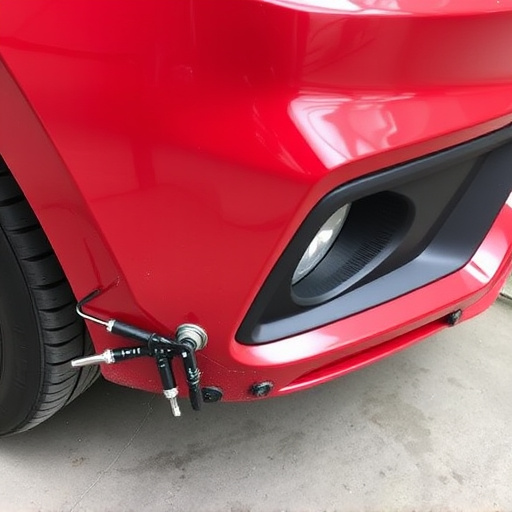
Minimizing the cost of paint repair while maximizing resale value involves a strategic approach. One key strategy is to catch minor dents and scratches early before they escalate into more significant damage, which can save on extensive fender repair or even mercedes benz collision repair. Regular washing and waxing not only keeps your car in pristine condition but also helps identify potential issues promptly.
Choosing the right car paint services that offer quality repairs at competitive prices is another crucial step. Skilled technicians can often restore a vehicle’s original finish, ensuring minimal loss in resale value compared to complete repaints. Moreover, focusing on aesthetics and functionality during the repair process, such as seamless panel fit and color matching, contributes to a higher overall vehicle assessment when it comes time to sell.
The relationship between paint repair costs and resale vehicle value is a crucial consideration for car owners. By understanding how these expenses can impact the overall worth of a vehicle, drivers can make informed decisions to minimize costs and maximize their resale potential. Implementing strategic maintenance and repair practices can help preserve the vehicle’s condition, ultimately contributing to a healthier secondary market for used cars.
